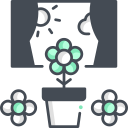
Trending Color Palettes for Home Workspaces
Today’s theme: Trending Color Palettes for Home Workspaces. Explore how thoughtfully chosen hues can sharpen focus, ease stress, and build a workspace you’re proud to sit down to every day. Share your palette picks in the comments and subscribe for weekly, color-forward inspiration.
Color Psychology That Works When You Work
Soft blues and muted greens often feel like a breath of fresh air, especially in compact work nooks. These shades echo nature, signaling safety and steadiness, which can reduce visual noise and help you settle into longer tasks. Try desaturated tones to avoid distraction and invite steady concentration.
Color Psychology That Works When You Work
Greige, oatmeal, and warm stone shades create a cocooning background that steadies your mood through long afternoons. Their subtle warmth softens hard desk lines and screens, making your space feel kinder and more human. Add a gentle contrast trim to define edges without shouting for attention.
Color Psychology That Works When You Work
Natural light reveals undertones that artificial bulbs can mask. A blue that seems serene at noon may feel chilly at dusk under cool LEDs. Test swatches near your monitor, under task lamps, and beside windows to confirm your palette stays consistent throughout your actual working hours.
Six Trending Palettes to Try Right Now
Sage walls deliver calm, sand keeps the room open and airy, and matte black anchors essentials like lamp arms and frames. This palette suits minimal setups, making cables and devices feel intentional. Add a single botanical or linen pinboard to reinforce the quiet, grounded mood.
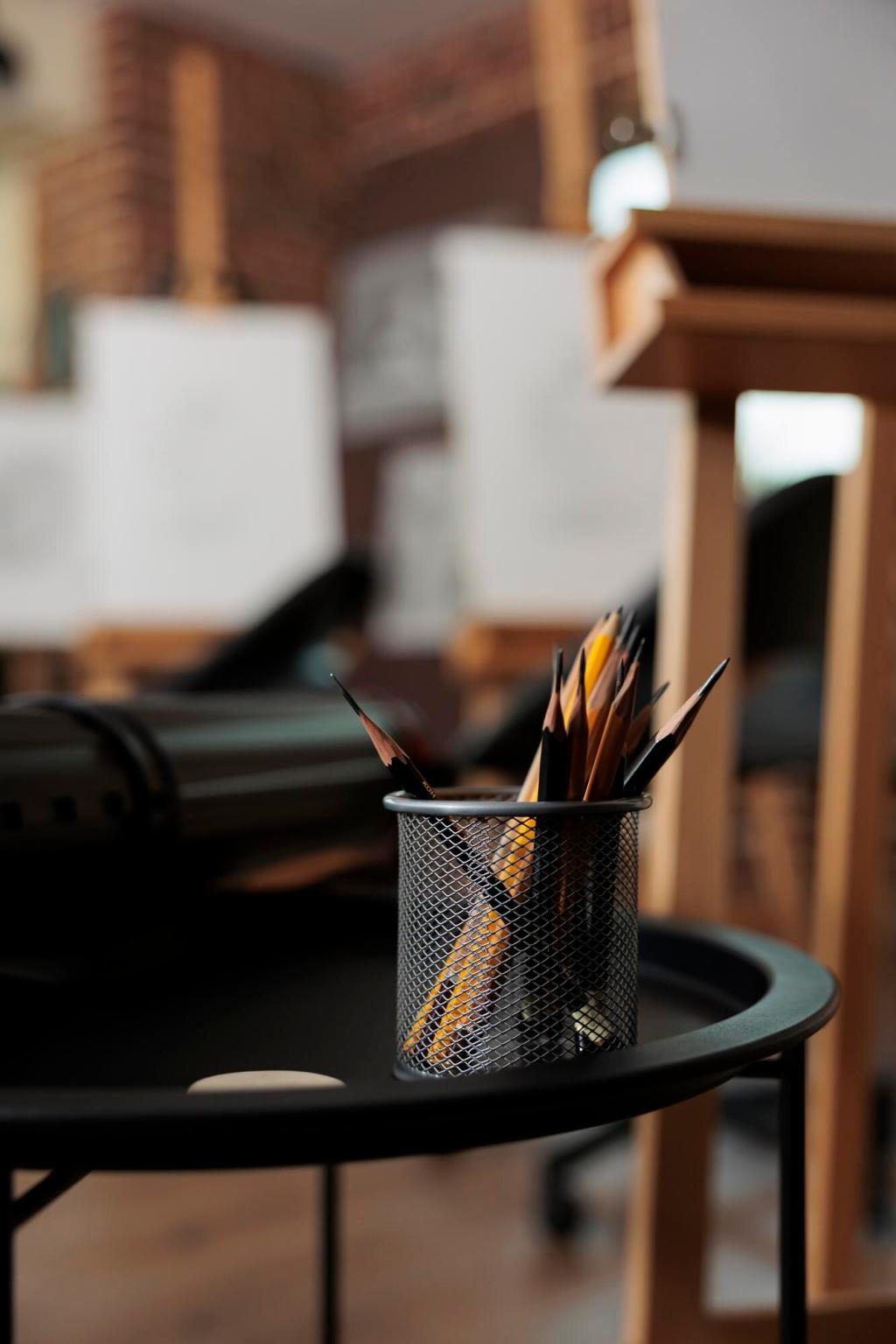
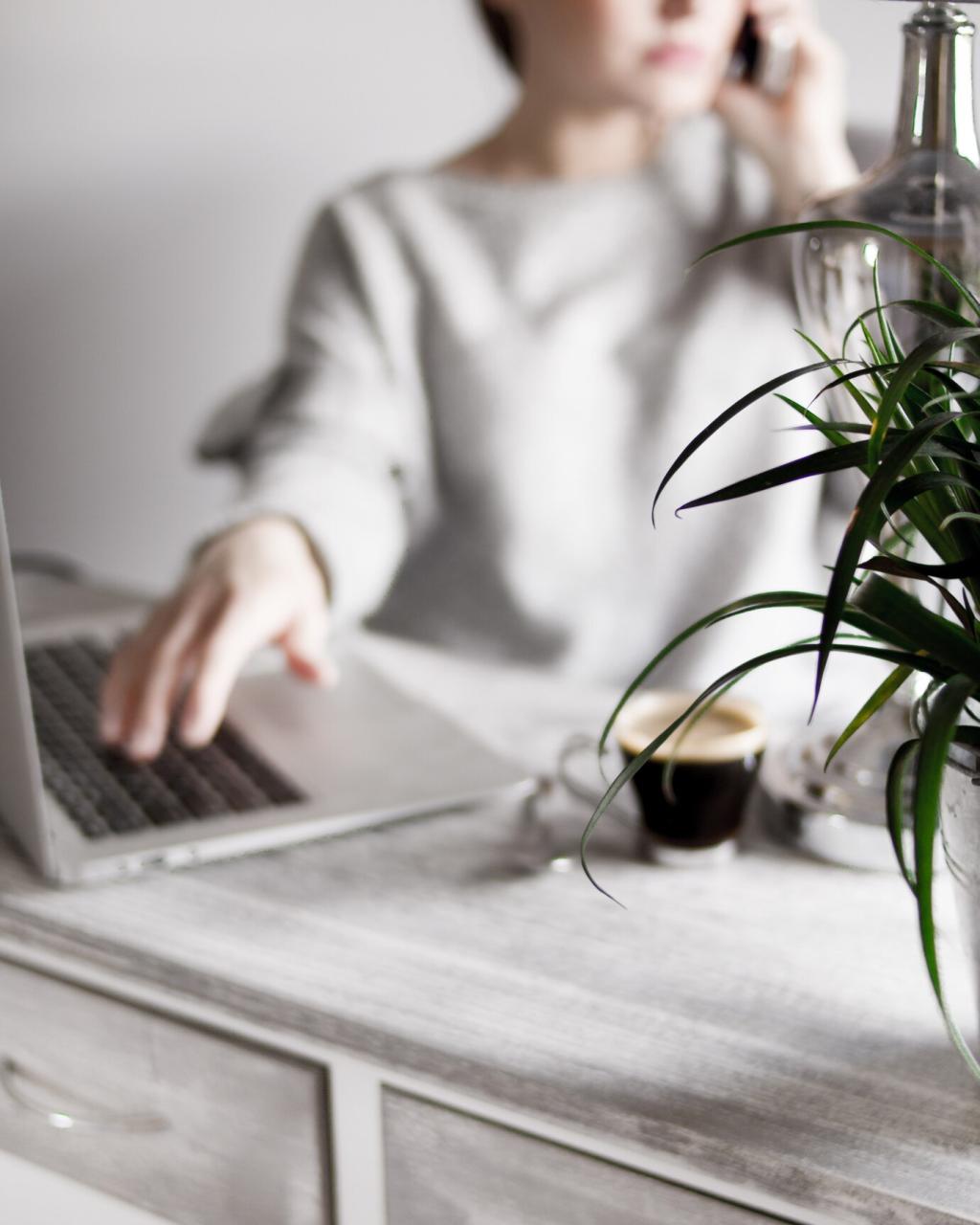
Six Trending Palettes to Try Right Now
Digital lavender brings a future-forward note without overpowering. Pair it with graphite for structure and soft white for breathing space. Ideal for creative coders, writers, and designers who want calm energy. Use lavender for accessories or a single wall to avoid visual overstimulation.
A Freelance Designer Finds Flow with Sage Walls
Sam painted a single accent wall in sage after feeling overstimulated by high-contrast decor. Within a week, the softer backdrop cut visual clutter during client calls, and a black task lamp suddenly looked purposeful. Sam says the space now feels like a quiet studio rather than a scattered desk.
A Parent’s Closet Office Glows with Terracotta Accents
Maria turned a spare closet into a warm workspace with terracotta storage bins and a cream curtain. The warmth softened the tiny room, making quick work sessions feel welcoming rather than cramped. A charcoal memo strip above the laptop unified the setup and kept to-do notes visually tidy.
A Developer’s Minimal Desk Pops with Cobalt
Jordan added a single cobalt desk mat against a graphite setup. The color cue clarified a start-work ritual: coffee, mat, code. The vibrant pop lifted mood on cloudy days without overwhelming the simple palette. It proved that micro-accents can carry big emotional weight in disciplined, monochrome spaces.
Test Before You Commit
Paint letter-size samples on removable paper or poster board and move them around your workspace. Try two options side by side near your monitor for a week. Track which color feels calmer at peak hours and stick color-coded notes to mark glare, reflections, or unexpected undertones.
Test Before You Commit
Snap your desk area at morning, noon, and evening. Load photos into a simple editing app and overlay color blocks on walls and shelves. It’s not perfect, but you’ll catch clashes early. Share your mockups with friends or our readers’ forum to gather fresh, practical feedback.
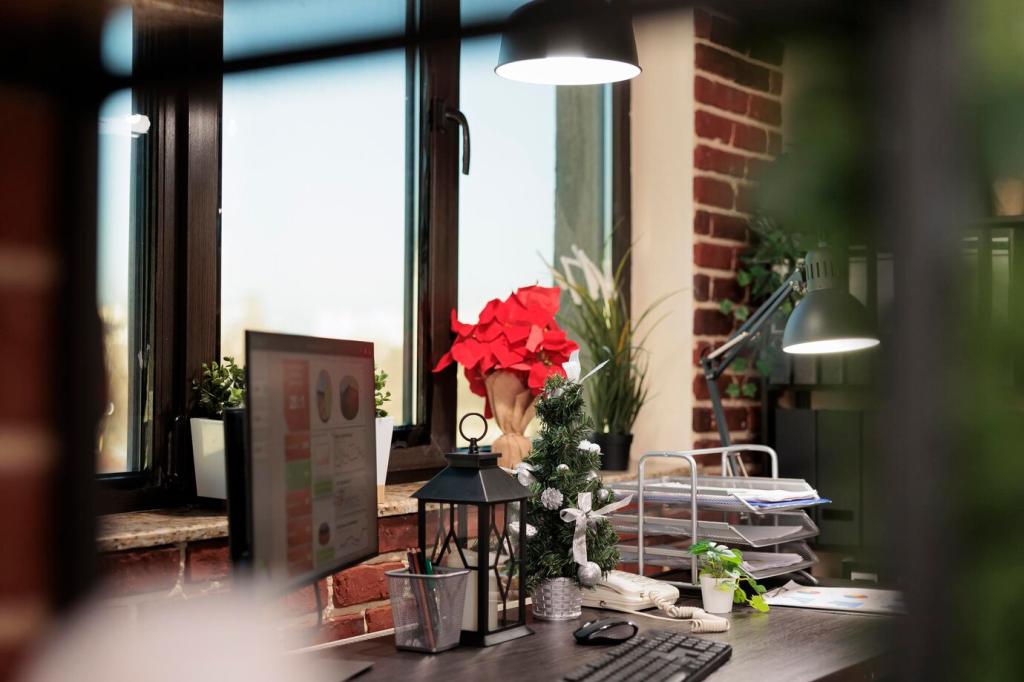
Textures and Materials That Elevate Your Palette
Sage and sand love oak’s gentle grain, keeping the look natural and bright. Deeper palettes—graphite, charcoal, and indigo—find balance in walnut’s richness. If your desk is mixed veneer, repeat a single wood tone in a small accessory, like a pen tray, to visually tie elements together.
Small Space, Big Color Impact
Paint the lower third of a wall in a deeper tone and the upper area lighter to lift the ceiling line. A graphite chair rail under soft white visually organizes the backdrop in video calls. Add a narrow, contrasting strip to frame your shelf without overcrowding small surfaces.
Small Space, Big Color Impact
Choose a focused palette at the desk—sage, sand, black—and a softer complementary palette for a reading corner. This subtle shift signals task switching without extra furniture. A small rug or painted rectangle behind the chair can mark the zone and reduce visual bleed between areas.

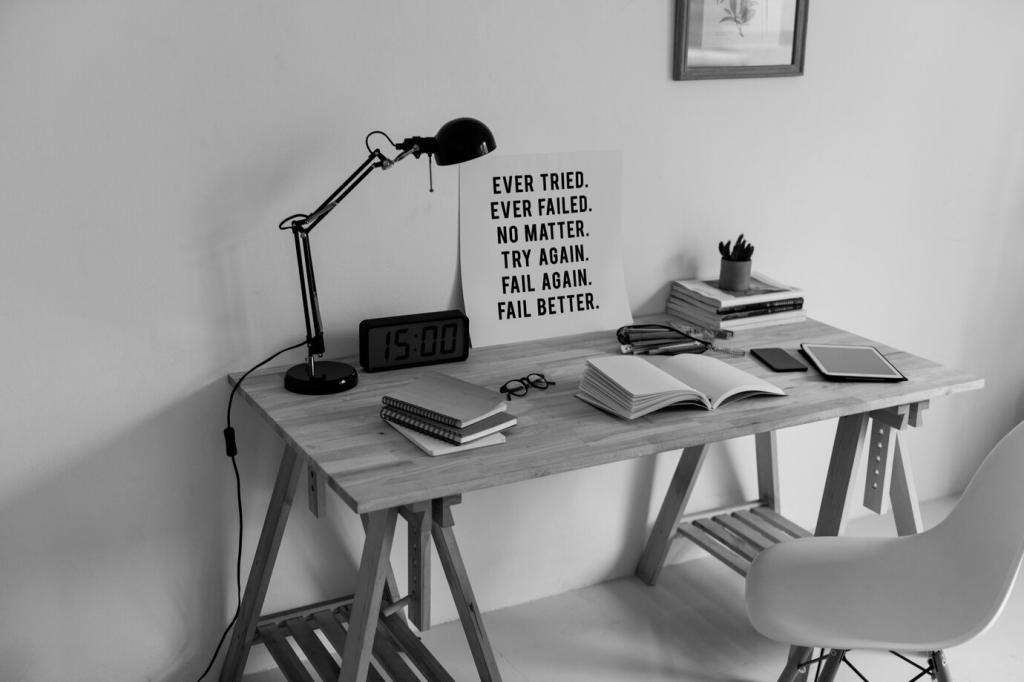
Join our mailing list
